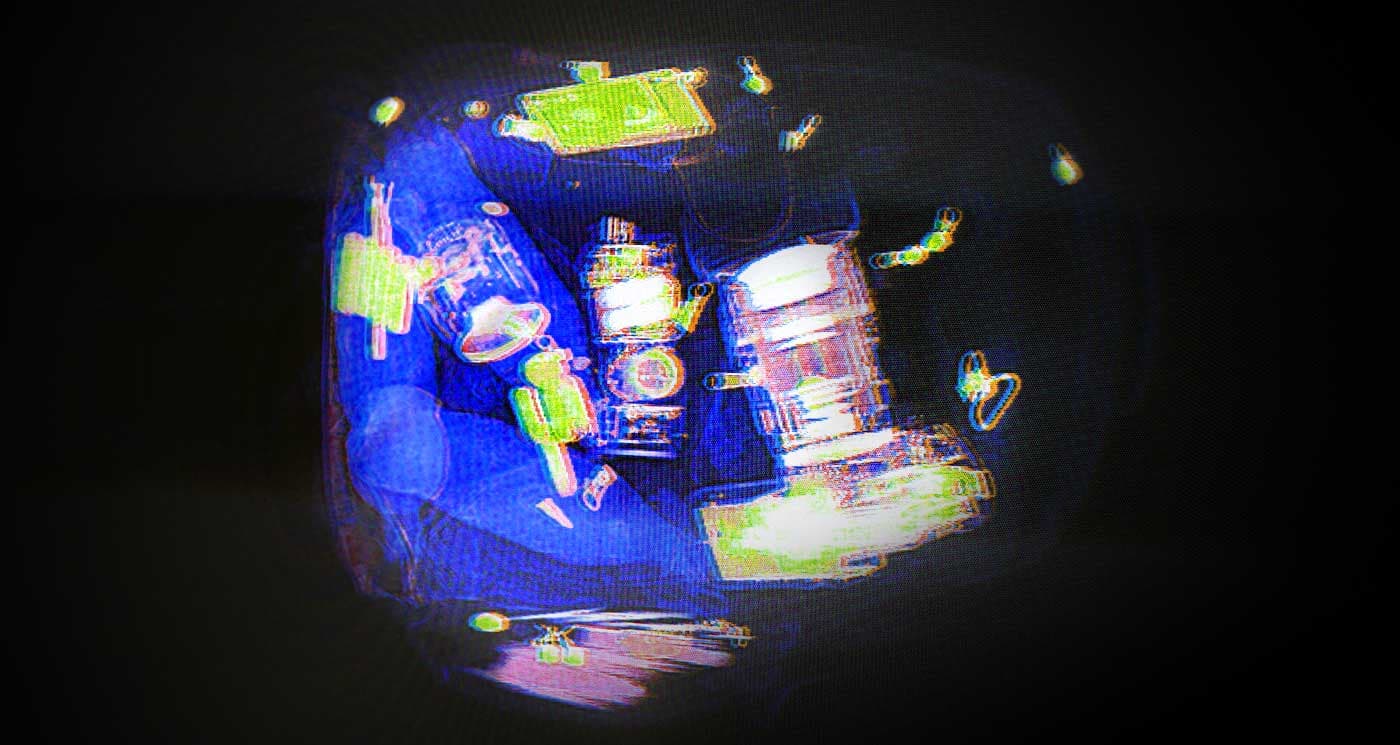There are few processes in life as nerve-wracking and tedious as going through security at an airport. Whether it's adhering to Transportation Security Administration (TSA) rules of removing laptops from bags, or navigating the seemingly endless, winding queue, getting screened before a flight is time-consuming.
But with the help of the Department of Homeland Security (DHS), researchers are working on integrating video surveillance with artificial intelligence (AI) to make this vital security process much smoother.
The development new technology to streamline airport security has stagnated in recent decades. A lack of innovation, coupled with a need for increased screening in the wake of events like the 9/11 attacks, have only made the process worse.
The restrictions continue to pile on — no more liquids more than 3.4 fluid ounces in size, no more wearing shoes walking through the scanners. But now, researchers and volunteers at Northeastern University are hard at work testing an automated video system which might ease those restrictions in the future.
Their system leverages AI and video surveillance to track passengers and their belongings through security, and has the capability to track passengers — and their belongings — as they make their way through the entire checkpoint.
Northeastern is one of nine institutions awarded government contracts by the DHS to make airports and TSA checkpoints more effective and less burdensome for airline passengers.
The system's ability to track passengers who have already been through some aspect of screening could help to reserve resources and reduce redundancies. It would allow for the mixing of standard and TSA pre-check lines at less busy airports, which would help to speed the screening process along.
Another added benefit would be the ability to better spot thieves stealing screened items like wallets, mobile devices, and laptop computers in line. A smart surveillance system may be able to more easily notice passengers making off with items they were not initially associated with.
To test the system, Northeastern University volunteers are repeatedly herded through a mock security checkpoint. The tests try to throw a variety of potential issues at the new system, including item theft, passengers who forgot to remove electronics from backpacks, and line cutting in line.
Even so, the technology is not ready for implementation in today's airports yet, and there's no indication of when it will be ready. One of the great balancing acts of the TSA is to ensure absolute safety while also protecting the privacy of passengers. Developing a system which can maintain that balance while also reducing the amount of passenger inconvenience is a daunting task that could take decades.
Share This Article
